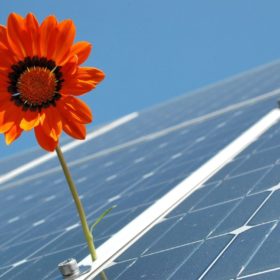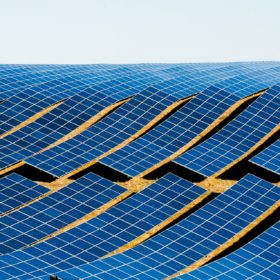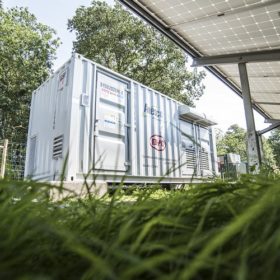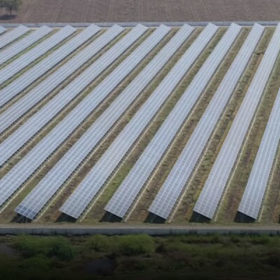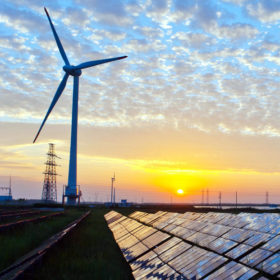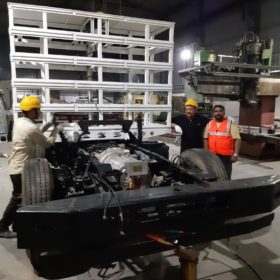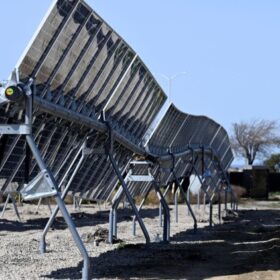Bringing back India’s solar sector to the front foot in 2021
The ‘175 GW by 2022’ renewable energy target seems unachievable, necessitating the benchmark be moved to ‘450 GW by 2030’ instead. But even that will require the sector to move back to the front foot from 2021.
Historic-low interest rates will power ahead astonishing solar cost reductions
An Ieefa report has suggested the cost of generating electricity from solar will be near zero in the world’s sunniest regions by 2030-40 – despite what the naysayers at the International Energy Agency might think.
Ministry moves to fend off predatory moves for Covid-weakened solar businesses
Foreign direct investment into Indian solar concerns from China and other neighboring countries will now have to secure the approval of the Ministry of New and Renewable Energy.
IESA proposes a policy framework for energy storage in Electricity Act
Defining energy storage under the Electricity Act could help start ancillary services and frequency regulation through energy storage as a flexible asset. It will also help to enable electric vehicle charging infrastructure, vehicle-to-grid (V2G) concepts and microgrids integration with expanded grid connectivity in the long run, according to the industry body.
NHDC seeks to empanel solar EPC installers and module manufacturers
The hydropower producer—which recently diversified into solar power projects—has invited global applications as it seeks to empanel EPC agencies and module manufacturers for its solar projects. June 22 is the last date to lodge the interest.
Adani Green Energy wins world’s largest solar award
The developer is reported to have exercised an option to double the 4 GW of solar generation capacity and 1 GW of cell and module production facilities it secured in the manufacturing-linked solar tender carried out by the Solar Energy Corporation of India in November.
Denmark and India sign MoU on green energy transition
The new Indo-Danish cooperation will prepare the Indian energy system for the integration of 450 GW renewable energy by 2030. It will focus on knowledge exchange in areas such as energy planning and scenario modelling, integration of high share of renewable energy, power system flexibility and electricity markets.
The long read: New fuels, new powers
The energy transition will change the geopolitical landscape, which has hitherto observed closely who controls the production and trade of hydrocarbons. The current ambition to find alternative sources of power has given impetus to a growing academic community to determine the probable geopolitical outcome of the energy transition. Renewables do not mutually share most of the unique features of fossil fuels, which translate into power political effects. So how should we understand the world of tomorrow?
Solar manufacturers in SEZs say customs duty will be counterproductive
Module manufacturers in special economic zones would be at a disadvantage when selling in the domestic market as they would be required to pay basic customs duty on the value of solar modules.
India’s IPLTech to use Faradion sodium-ion batteries for commercial vehicles
The Gurgaon-based data-driven fleet service provider—which launched India’s first all-electric heavy-duty truck last year—will use Faradion’s sodium-ion batteries in its commercial vehicles.
